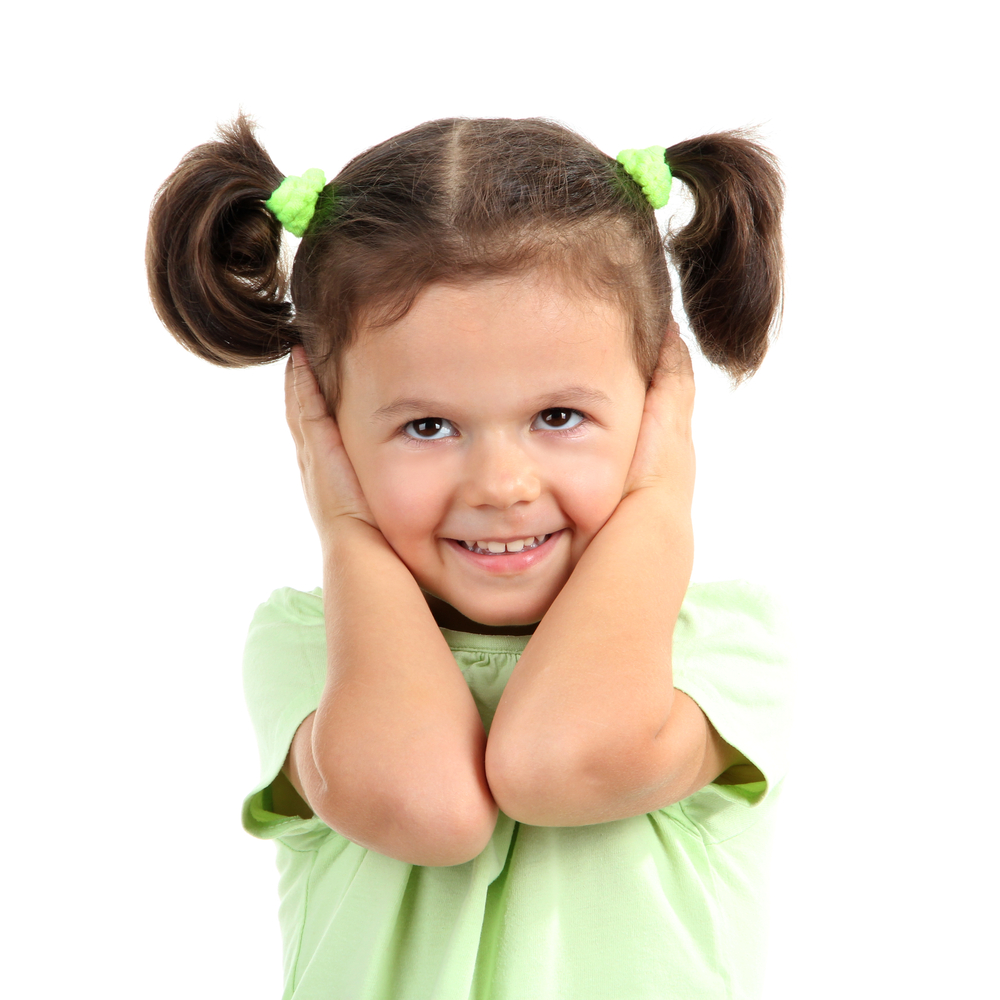Causes, Signs and Symptoms, Diagnosis, Treatment and Prognosis of Expressive Language Disorder
The two basic parts of language are expressive and receptive skills. Expressive language includes the words in our vocabulary and how we put those words together to communicate by talking, writing, and gesturing. The speech-language pathologist (SLP) will examine various parts of the child’s expressive language skills, including the form, content, and use of language. As with most speech and language disorders, some expressive language errors are considered normal in younger but not older children. For example, it would be typical for a 3-year-old child to explain, “I runned.” This is a form error called overgeneralization, because the child has applied the add -ed for past tense rule to the verb run. However, an older child should know that the past tense form of run is ran, so an SLP would be concerned if a 6-year-old made the same error.
Your young child might not meet the first expressive language milestones of speaking his first word by 12 months, two-word sentences by 2 years, or three-word sentences by 3 years. An older child might struggle with adding new vocabulary words to his book report. These problems in learning and using new words describe errors in the content of the child’s language. Finally, the way we use language varies widely within and across cultures. Making eye contact while speaking is a common courtesy in the U.S. but may be considered rude in Japan. Children usually pick up on the subtle rules of our language, called pragmatics, but some children need coaching in how to use language rules while interacting with other people.
As you can see, if your child has been diagnosed with an expressive language disorder, it will be helpful for you to learn which of the many areas of language are impaired.

